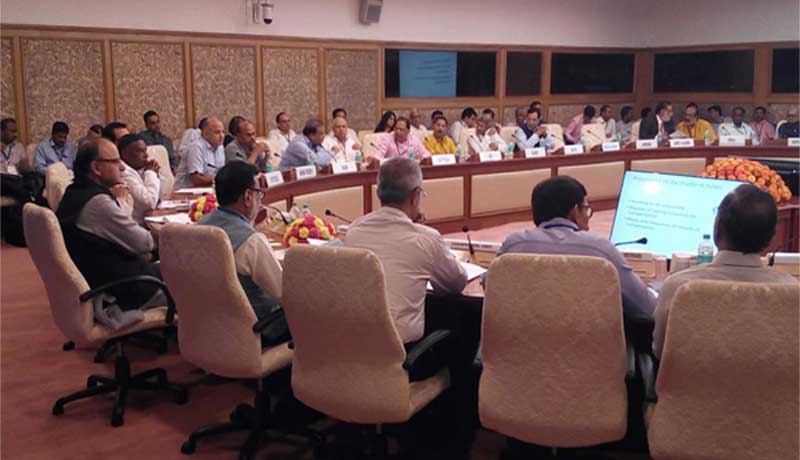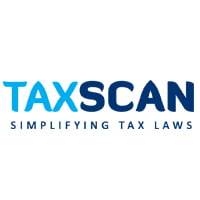Expectation from the 31st Meeting of GST Council

GST Council is expected to convene its 31st meeting on 22nd December, 2018 and is likely to deliberate over the following range of issues:
1. Tax rate rationalization: The council is considering reducing rates on a number of goods and by limiting goods in 28% slab to sin items and luxury goods, effectively keep 18% slab as the highest tax slab for all practical purposes. Key items under consideration include certain consumer electronics, automobile, automotive tyres, cement etc. A big category on this agenda is housing. Present GST rate for housing is 12% while affordable housing (including houses constructed under PMAY scheme) attracts 8% rate. In the run up to the general elections, reduction of GST rate on housing sector weighs heavily to give a significant boost to the housing market that has been in slump. Two options may be deliberated by the Council viz., (a) reduce standard GST rate on housing from 12% to 8% and (b) reduce rate on standard as well as affordable housing to 5%, with on ITC benefit to real estate firms.
- Political exchanges on this agenda have already been heating up, with Opposition parties drawing reference to Govt finally implementing their suggestions on rates discussed prior to passage of GST Act.
- Revenue Implication: Reduction in rates will have an impact on Govt’s ability to meet budget targets. While state governments shall get compensated on shortfall through the compensation reserve, central government will see the shortfall.
- I believe this is another short term measure. While SMEs with less than INR 5 Crore turnover may opt for quarterly filing, their compliance behavior shall be guided by the demands of the large buyers they trade with. Most corporate buyers would seek their suppliers to file GSTR1 on monthly basis as otherwise it delays buyers’ ability to reconcile invoices in timely manner and correctly claim their ITC and thereby, cash flows. It may also result in delayed payout from Corporate buyer to SMEs for the GST component of the invoice, until buyer evidences upload of the invoice by supplier in GSTR2A.
- On the other hand, GST Council’s view regarding higher load on GSTN system around return filing dates is based on current practice where all taxpayers initiate the filing activity before the monthly deadlines. However, Simplified Returns, which are expected to be rolled out in April 2019, require taxpayers to upload invoices on ongoing basis (daily/weekly etc.) as ITC claims by buyers shall need invoice matching to have taken place. Thereby, load on GSTN system is expected to be spread out evenly through the month.
The GST Council is also expected to consider below matters:
- Tax refunds for honest taxpayers may be done without the need of matching GSTR 3B and GSTR1
- Progress on Simplified Returns - GSTN backbone development and rollout plan
- Revenue analysis against budget


